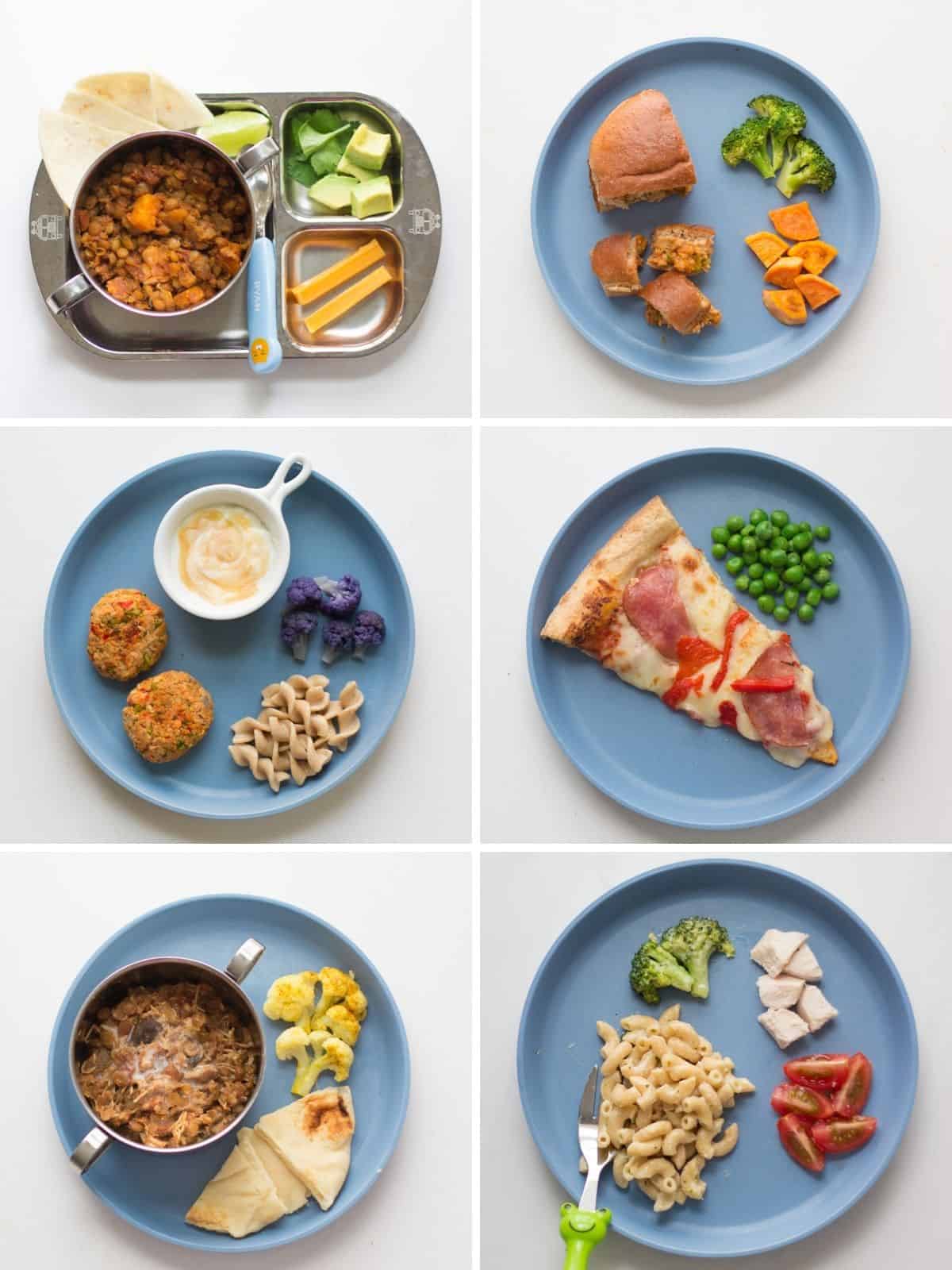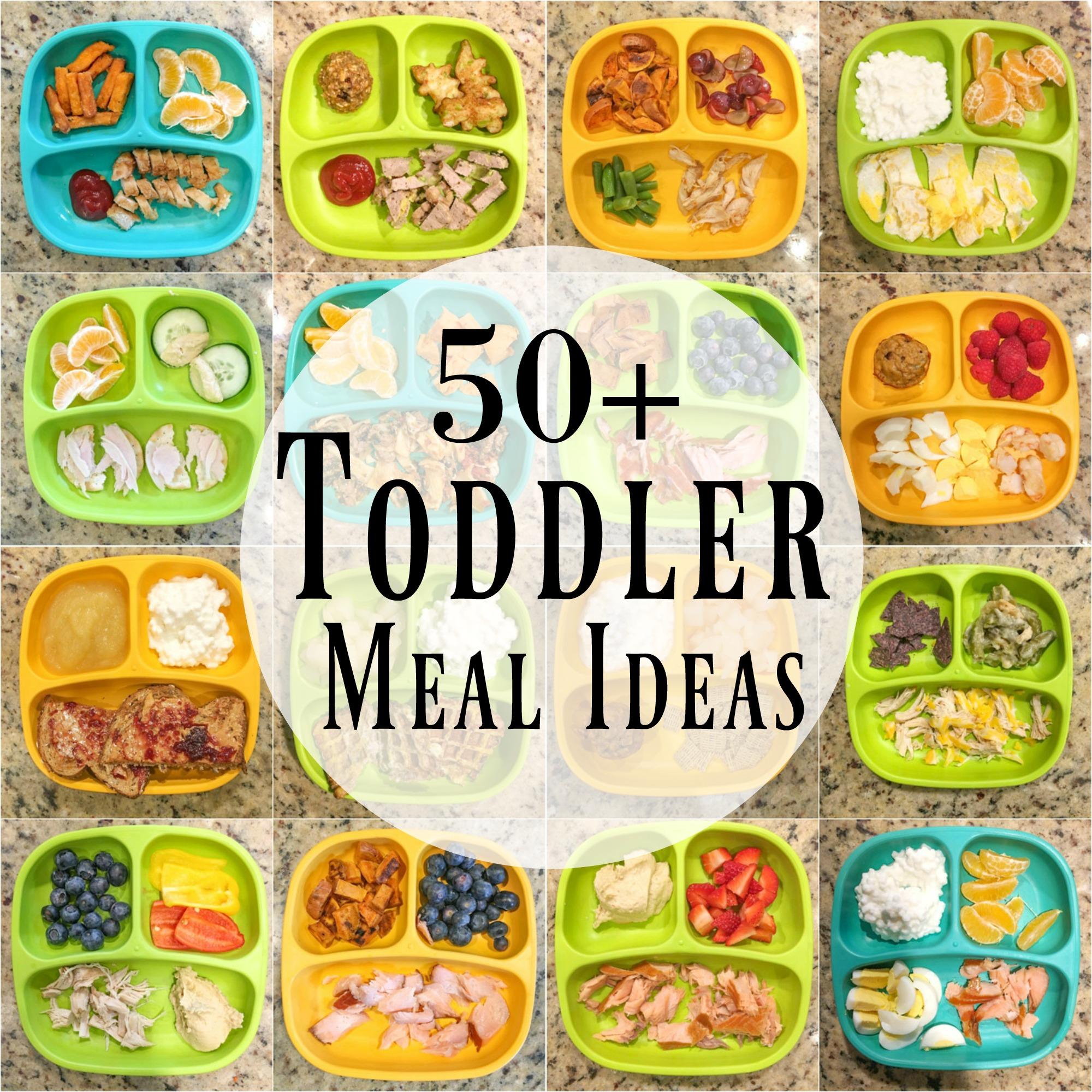“Healthy Meals for Kids: Fueling Growth, Development, and Happiness
Related Articles Healthy Meals for Kids: Fueling Growth, Development, and Happiness
- Revolutionary AI-Powered Monitoring Devices: Enhancing Elderly Care
- AI-Powered Wearables: A Revolutionary Guide to AI in Healthcare
- The Ultimate Guide To Healthy Breakfast Ideas: Fuel Your Body And Mind
- The Role of AI in Enhancing Healthcare Wearable Devices
- AI Health Care: Revolutionizing Home Healthcare with AI Devices
Introduction
With great enthusiasm, we delve into Healthy Meals for Kids: Fueling Growth, Development, and Happiness, a subject that holds significance in today’s world. Whether you are new to this topic or looking to deepen your understanding, this article aims to offer valuable insights and spark curiosity.
Table of Content
Healthy Meals for Kids: Fueling Growth, Development, and Happiness

Parenthood is a journey filled with joys, challenges, and a constant desire to provide the best for your children. Among the most crucial aspects of raising healthy and happy kids is ensuring they receive proper nutrition. Healthy meals for kids are not just about filling their bellies; they’re about fueling their growth, supporting their development, and setting the stage for a lifetime of well-being.
In this comprehensive guide, we’ll delve into the importance of healthy eating for children, explore essential nutrients, offer practical tips for meal planning and preparation, address common challenges, and provide a wealth of meal and snack ideas to inspire you in the kitchen.
Why Healthy Eating Matters for Kids
The early years of a child’s life are a period of rapid growth and development. During this time, their bodies and minds require a steady supply of essential nutrients to thrive. Healthy eating plays a vital role in:
- Physical Growth: Nutrients like protein, calcium, and vitamin D are essential for building strong bones, muscles, and tissues.
- Brain Development: The brain undergoes significant development in childhood. Nutrients like omega-3 fatty acids, iron, and zinc are crucial for cognitive function, learning, and memory.
- Immune System Support: A well-nourished child has a stronger immune system, making them less susceptible to infections and illnesses.
- Energy Levels: Healthy meals provide sustained energy throughout the day, allowing children to stay active, engaged, and focused.
- Mood Regulation: Certain nutrients, such as B vitamins and magnesium, play a role in mood regulation and can help reduce irritability and anxiety.
- Preventing Chronic Diseases: Establishing healthy eating habits early in life can reduce the risk of developing chronic diseases like obesity, type 2 diabetes, and heart disease later in life.

Essential Nutrients for Growing Kids
A balanced diet for children should include a variety of foods from all food groups to ensure they receive a wide range of essential nutrients. Here are some key nutrients to focus on:
- Protein: Protein is essential for building and repairing tissues, supporting muscle growth, and producing enzymes and hormones. Good sources of protein include lean meats, poultry, fish, eggs, beans, lentils, tofu, and nuts.
- Carbohydrates: Carbohydrates are the body’s primary source of energy. Choose complex carbohydrates like whole grains, fruits, and vegetables over refined carbohydrates like white bread, sugary cereals, and processed snacks.
- Fats: Healthy fats are essential for brain development, hormone production, and absorption of fat-soluble vitamins. Include sources of unsaturated fats like avocados, nuts, seeds, olive oil, and fatty fish (salmon, tuna) in your child’s diet. Limit saturated and trans fats found in processed foods, fried foods, and fatty meats.
- Fiber: Fiber promotes healthy digestion, prevents constipation, and helps regulate blood sugar levels. Good sources of fiber include fruits, vegetables, whole grains, beans, and lentils.
- Calcium: Calcium is essential for building strong bones and teeth. Good sources of calcium include dairy products (milk, yogurt, cheese), leafy green vegetables, fortified plant-based milk alternatives, and tofu.
- Iron: Iron is essential for carrying oxygen throughout the body. Iron deficiency can lead to fatigue, weakness, and impaired cognitive function. Good sources of iron include lean meats, poultry, fish, beans, lentils, fortified cereals, and leafy green vegetables.
- Vitamin D: Vitamin D helps the body absorb calcium and is essential for bone health. The best source of vitamin D is sunlight, but many children may not get enough sun exposure. Good food sources of vitamin D include fortified milk, yogurt, and fatty fish.
- Vitamin C: Vitamin C is an antioxidant that supports immune function and helps the body absorb iron. Good sources of vitamin C include citrus fruits, berries, bell peppers, and broccoli.
- Omega-3 Fatty Acids: Omega-3 fatty acids are essential for brain development and heart health. Good sources of omega-3 fatty acids include fatty fish (salmon, tuna), flaxseeds, chia seeds, and walnuts.


Practical Tips for Meal Planning and Preparation
Creating healthy meals for kids doesn’t have to be complicated or time-consuming. Here are some practical tips to help you plan and prepare nutritious meals:
- Plan Ahead: Take some time each week to plan your meals and snacks. This will help you stay organized, avoid impulse decisions, and ensure you have all the necessary ingredients on hand.
- Involve Your Kids: Get your kids involved in meal planning and preparation. Let them help you choose recipes, shop for ingredients, and prepare simple dishes. This can make them more excited about trying new foods and developing healthy eating habits.
- Keep it Simple: Don’t feel like you need to cook elaborate meals every night. Simple, wholesome meals can be just as nutritious and delicious. Focus on using fresh, whole ingredients and preparing them in simple ways.
- Batch Cook: Prepare large batches of meals or components of meals on the weekend and freeze them for later use. This can save you time and effort during the week.
- Make it Fun: Make mealtime fun and engaging. Use colorful plates and utensils, cut food into fun shapes, and create themed meals.
- Offer Variety: Introduce your kids to a wide variety of foods from all food groups. This will help them develop a taste for different flavors and textures and ensure they receive a wide range of nutrients.
- Be a Role Model: Children learn by example. If you eat healthy foods, your kids are more likely to do the same.
- Read Food Labels: Pay attention to food labels and choose products that are low in added sugar, sodium, and unhealthy fats.
- Limit Processed Foods: Processed foods are often high in added sugar, sodium, and unhealthy fats and low in essential nutrients. Limit your child’s intake of processed foods and focus on whole, unprocessed foods.
Addressing Common Challenges
Feeding kids can be challenging at times. Here are some common challenges and strategies for addressing them:
- Picky Eating: Picky eating is common in young children. Be patient and persistent. Offer new foods repeatedly, even if your child initially refuses them. Try serving new foods alongside familiar favorites.
- Mealtime Battles: Avoid power struggles at mealtime. Offer healthy options and let your child choose what and how much to eat. Don’t force them to eat everything on their plate.
- Snacking: Snacking can be a healthy part of a child’s diet, but it’s important to offer nutritious snacks. Choose snacks like fruits, vegetables, yogurt, nuts, and whole-grain crackers.
- Sugar Cravings: Limit your child’s intake of sugary drinks and snacks. Offer healthier alternatives like fruit-infused water, smoothies, and homemade granola bars.
- Fast Food: Limit your family’s consumption of fast food. When you do eat out, choose healthier options like grilled chicken salads, baked potatoes, and fruit.
Meal and Snack Ideas
Here are some ideas for healthy meals and snacks that kids will love:
Breakfast:
- Oatmeal with berries and nuts
- Whole-grain toast with avocado and egg
- Yogurt parfait with granola and fruit
- Smoothie with spinach, banana, and berries
- Whole-wheat pancakes with fruit and syrup
Lunch:
- Turkey and cheese sandwich on whole-wheat bread
- Chicken salad wrap with lettuce and tomato
- Hummus and vegetable sticks with pita bread
- Leftover dinner
- Pasta salad with vegetables and cheese
Dinner:
- Baked chicken with roasted vegetables
- Salmon with quinoa and steamed broccoli
- Turkey meatballs with whole-wheat pasta and marinara sauce
- Vegetarian chili with cornbread
- Tacos with lean ground beef, beans, and vegetables
Snacks:
- Apple slices with peanut butter
- Carrot sticks with hummus
- Yogurt with berries
- Trail mix with nuts, seeds, and dried fruit
- Whole-grain crackers with cheese
- Popcorn (air-popped)
- Edamame
Recipes
(I can provide specific recipes if you’d like, just let me know what you’re interested in!)
Important Considerations:
- Allergies: Always be mindful of any food allergies or sensitivities your child may have. Read food labels carefully and avoid cross-contamination.
- Choking Hazards: Be aware of choking hazards for young children, such as whole grapes, nuts, and hard candies. Cut food into small, manageable pieces.
- Hydration: Encourage your child to drink plenty of water throughout the day. Limit sugary drinks like soda and juice.
- Consult a Professional: If you have any concerns about your child’s nutrition, consult a registered dietitian or pediatrician.
Conclusion
Providing healthy meals for kids is an investment in their future. By focusing on nutrient-rich foods, planning ahead, and making mealtime fun, you can help your children develop healthy eating habits that will last a lifetime. Remember, it’s not about perfection, it’s about making consistent, positive choices that support their growth, development, and overall well-being.
